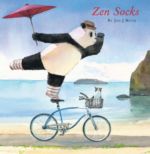
Stillwater the giant panda and his friends Leo and Molly teach each other about patience, sharing, and compassion.

Stillwater the giant panda and his friends Leo and Molly teach each other about patience, sharing, and compassion.

One morning, Pom Pom Panda wakes up on the wrong side of the bed and then nothing goes right. By the time he arrives at school, Pom Pom is in a terrible mood.
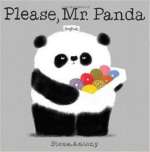
Mr. Panda has a plate of doughnuts to share, but most of the other animals forget to say “Please.”
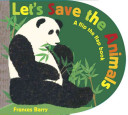
Bold illustrations, big flaps, and an ingenious die-cut design invite young readers to peek at the lives of endangered animals — and learn how to help.Did you know that a giant panda likes to do somersaults? That a black rhinoceros can run faster than an Olympic sprinter? That a monarch butterfly flies up to eighty miles a day? All of these animals — and many more, from tigers to elephants to polar bears, orangutans to dolphins, penguins to sea turtles — are disappearing, threatened by deforestation, poaching, fishing nets, global warming, and more. After enjoying the book’s eye-catching, dramatic format, kids can follow the simple suggestions offered to help save the animals.
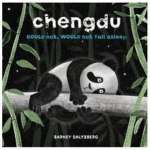
High in the trees in the middle of the night, all of the pandas are sleeping except for Chengdu, who tries everything and still cannot fall asleep until he finds the perfect spot–atop his brother, Yuan.
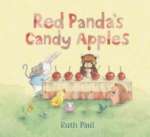
Red Panda is selling homemade candy apples. They are very sticky and quite delicious. So delicious, in fact, that Red Panda can’t help but feel a little reluctant to let them go. Like most preschoolers, he would rather eat treats than sell them. He munches one, then another, and sets aside a third for later. What will happen when there’s only one apple left to sell, but two friends waiting to buy?
In 1934, Ruth Harkness had never seen a panda bear. Not many people in the world had.
But soon the young Mrs. Harkness would inherit an expedition from her explorer husband: the hunt for a panda. She knew that bringing back a panda would be hard. Impossible, even. But she intended to try.
So she went to China, where she found a guide, built traps, gathered supplies, and had explorers’ clothes made—unheard of for a woman in those days. Then she set out up the Yangtze River and into the wilderness. What she discovered would awe America: an adorable baby panda she named Su Lin, which means “a little bit of something very cute.”
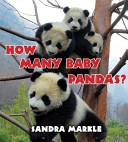
Baby pandas abound as readers learn how they live and grow.Science expert Sandra Markle bumps up the cuteness factor in this adorable photo essay featuring the eight panda pairs that were born during a baby boom at China’s Wolong Giant Panda Breeding and Research Center in 2005. Basic counting skills combine with panda facts to introduce readers to numbers and these cuddly cubs, from the moment they were born to the time they started climbing trees.
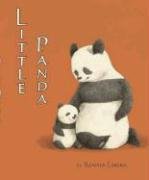
In the misty mountains a little panda bear climbs tall trees, munches sweet bamboo, and curls up in his favorite perch to sleep. It is just right—until Mother Panda goes looking for a snack and Little Panda’s nap is disturbed by something unexpected.
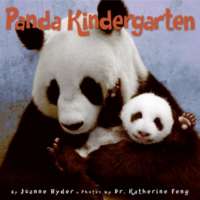
School is in session! But this is no ordinary kindergarten class. Meet sixteen young giant panda cubs at the China Conservation and Research Center for the Giant Panda at the Wolong Nature Preserve. The cubs are raised together from infancy in a protected setting, where they grow strong. Under the watchful eyes of the scientists and workers, the cubs learn skills that will help prepare them to be released into the wild.